Diseases Odontology
Teeth And Oral Problems
Dentistry is the medical specialty that treats disorders of the mouth, teeth, and tissues attached and deals with the prevention, diagnosis, treatment, rehabilitation, and research of oral diseases. The term oral disease includes all those diseases that affect the mouth, teeth, and associated tissues.
Although the most frequent and known diseases by society are tooth decay and periodontal diseases, it is also necessary to highlight other very important but less frequent diseases such as oral cancer, dental trauma, and malocclusions, among other processes in the oral area.
Tooth decay is the most prevalent of the 291 most common diseases of humans, and between 15-20% of the world population suffers from severe periodontal disease. It is estimated that more than 5,000 new cases of oral cancer occur each year in Spain. Oral diseases share the same risk factors (inadequate diet, tobacco, alcohol, and lack of physical exercise) with more than 200 non-communicable diseases.
Periodontal Disease
It is what is commonly known as “pyorrhea”. The first symptoms of this disorder are inflamed and irritated gums. Bleeding and pain can also appear when we brush. At this stage it is gingivitis, but it can progress to periodontitis. This implies that the gums retract and the teeth lose part of their support.
The disease can become chronic and in severe cases, it may cause tooth loss. This problem can be treated, but the gingiva that we have lost is never recovered, and in some cases, the use of surgery may be necessary.
Prevention:
This type of disease can be prevented with proper dental hygiene. Besides, the idea is that you go to the dentist about twice a year to do a deep cleaning. Also, an occasional curettage to remove tartar that accumulates under the gum.
Oral Cancer

It is a type of cancer that can appear on the lips, inside the mouth, on the tonsils, in the back of the throat or in the salivary glands. Both tobacco consumption and high alcohol consumption are risk factors for this disease, which affects more men and people over 40 years of age.
The first symptoms of this disease are very subtle and easily confused with other diseases: sores on the lips or gums, white spots on the gums or tongue, numbness in some areas of our mouth, for example. Due to the difficulty in recognizing the symptoms, we must visit the dentist periodically.
Prevention:
The best way to prevent oral cancer is to never smoke, or to stop smoking as soon as possible. Smoked tobacco and, above all, is the first and most important cause of the appearance of this cancer.…



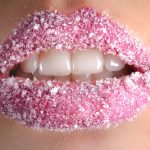

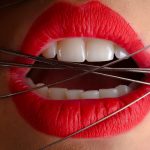
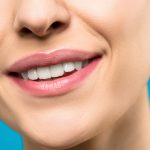



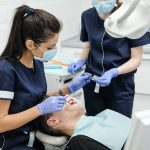


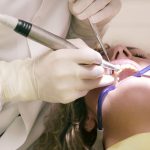




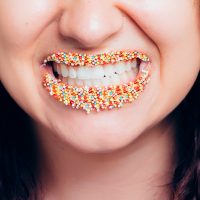
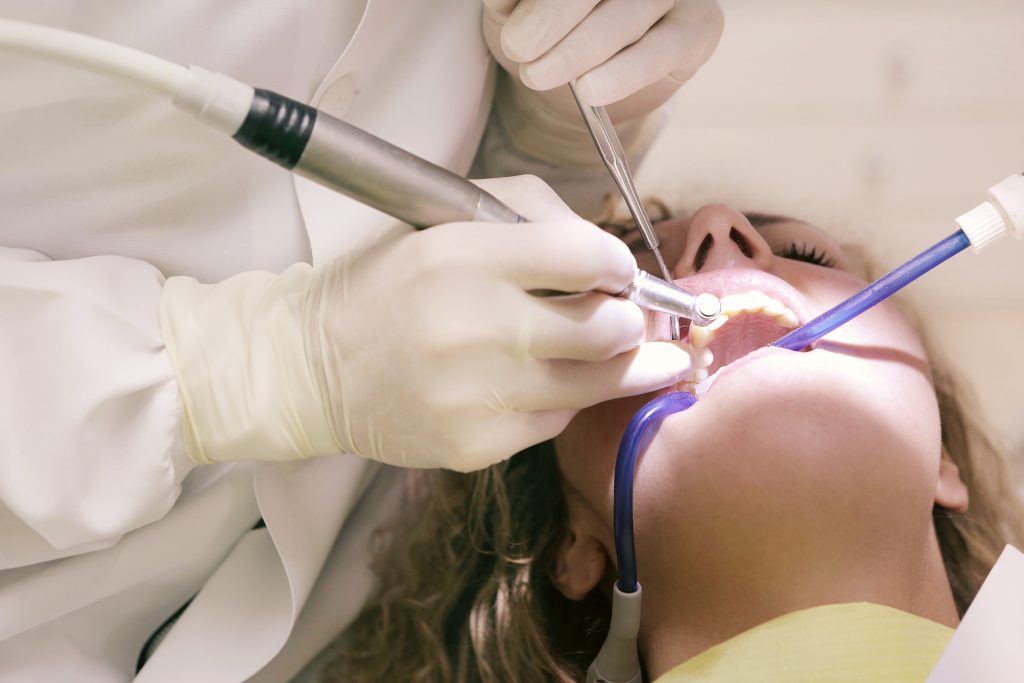


Recent Comments